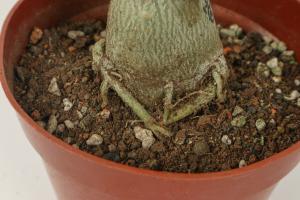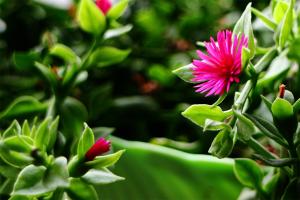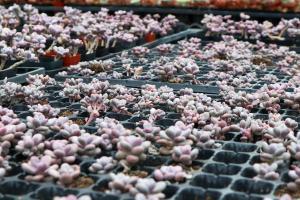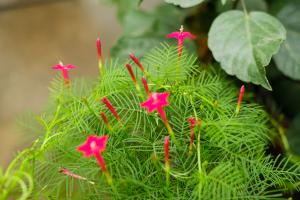When to Water Snake Plant in Winter
Snake plants, also known as Sansevieria or mother-in-law's tongue, are popular indoor plants that are easy to care for. However, like all plants, snake plants have different needs in different seasons. Winter, in particular, can be a challenging time for indoor plants due to lower light levels and drier air. This article will explore when to water your snake plant in winter and provide tips to keep it healthy and thriving during the colder months.
Understanding Snake Plant Watering Needs
Before we dive into winter watering, let's review the basic principles of snake plant watering. Snake plants are succulents, meaning they store water in their leaves and do not need frequent watering. Overwatering can lead to root rot and other problems. It's best to allow the soil to dry out completely before watering again.
Snake plants are also sensitive to the frequency of watering. Ideally, you should water your snake plant once every two to eight weeks, depending on the season and the environment. In general, snake plants need less water in winter and more water in summer when they are actively growing.
When to Water Snake Plant in Winter
During winter, snake plants grow more slowly due to lower light levels and cooler temperatures. As a result, they use less water and do not need to be watered as frequently as they do in summer. In fact, overwatering can be a common problem in winter because the soil takes longer to dry out in cooler temperatures.
So, when should you water your snake plant in winter? The best way to tell if your snake plant needs water is to check the soil moisture level. Insert your finger about an inch into the soil. If it feels dry, it's time to water. If it still feels slightly damp, wait a few more days and check again.
It's also important to water your snake plant properly in winter. Instead of using a watering can, use a squeeze bottle or a small watering tool to direct water to the base of the plant. This prevents water from sitting on the leaves or in the pot, which can lead to fungal growth and other issues.
Tips to Keep Your Snake Plant Healthy in Winter
In addition to proper watering, there are other things you can do to keep your snake plant healthy during winter:
Provide adequate light: While snake plants can tolerate lower light levels, they still need some sunlight to thrive. Ensure your plant is placed near a window that receives indirect sunlight.
Avoid cold drafts: Snake plants are sensitive to cold drafts, which can cause leaf damage and other issues. Keep your plant away from windows and doors that are frequently opened in winter.
Maintain humidity: Indoor heating systems can dry out the air, which can be detrimental to snake plants. Consider using a humidifier or placing a tray of water near the plant to increase the humidity level.
Avoid fertilizer: Snake plants do not need to be fertilized in winter. Save fertilizer applications for spring or summer when the plant is actively growing.
Conclusion
Watering your snake plant correctly is essential to its health and wellbeing, especially in winter when indoor conditions can be challenging. Remember to check the soil moisture level and water only when the soil is dry. Use proper watering techniques to avoid overwatering and fungal growth. Finally, follow the tips above to keep your snake plant healthy and thriving throughout the colder months.

 how many times do yo...
how many times do yo... how many planted tre...
how many planted tre... how many pine trees ...
how many pine trees ... how many pecan trees...
how many pecan trees... how many plants comp...
how many plants comp... how many plants can ...
how many plants can ... how many plants and ...
how many plants and ... how many pepper plan...
how many pepper plan...































